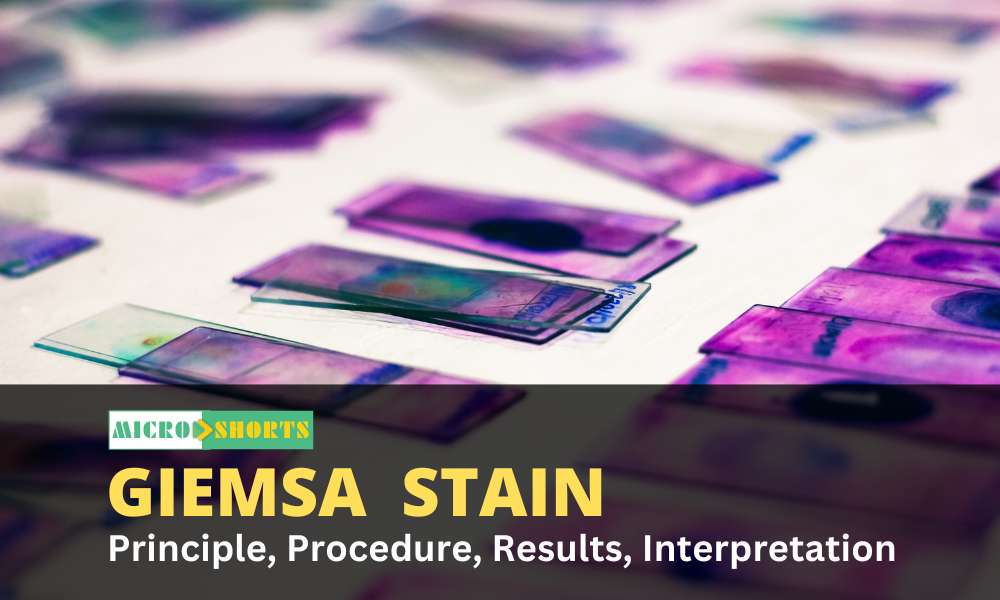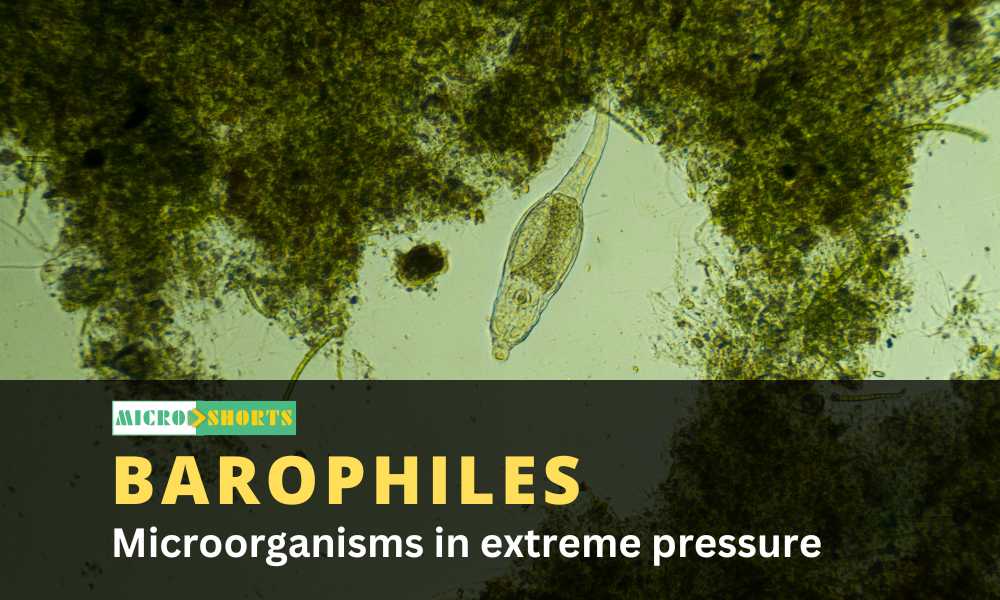Post-translational modifications refer to any alteration in the amino acid sequence of the protein after its synthesis.
- It
may involve modifying the amino acid side chain, terminal amino or
carboxyl group using covalent or enzymatic means
following protein biosynthesis.
- Generally,
these modifications influence the structure, stability, activity, cellular
localization, or substrate specificity of the protein.
- The
post-translational modification provides complexity to the proteome for
diverse functions with a limited number of genes.

Location
Post-translational modifications (PTMs) mainly occur in the
endoplasmic reticulum of the cell but sometimes continue in the Golgi bodies as well.
Post-translational Processing

After synthesis is completed, proteins can be modified by
various methods such as phosphorylation, glycosylation, ADP ribosylation,
hydroxylation, and addition of other groups.
1. Proteolysis
As the newly synthesized protein is released in the lumen of
the ER, signal peptidases cleave peptide sequence. Apart from signal peptide,
some polypeptide sequence of the protein is also cleaved resulting in the final
sequence.
Example:
Insulin is synthesized in the cells in its inactive form
which cannot perform its function. Post translational modifications ensure
proper function which involves the removal of the part of protein to convert it
into a three dimensional and fully active form.
2. Phosphorylation
Phosphoryalation is the addition of one or more phosphate
groups to the protein. Post Translational Phosphorylation is one of the most
common protein modifications that occur in animal cells. Majority of
phosphorylation occurs as a mechanism to regulate the biological activity of a
protein. In animal cells Serine, tyrosine and thereonine are the amino acids
that subjected to the phosphorylation.
3. Glycosylation
Glycosylation is the addition of carbohydrate molecules to
the polypeptide chain and modifying it into glycoproteins. Many of the proteins
that are destined to become a part of plasma membrane or to be secreted from
the cell, have carbohydrate chains attached to the amide nitrogen of
asparagine(N linked) or the hydroxyl groups of serine, threonine(O linked). N
glycosylation occurs in ER and O glycosylation occurs in the golgi complex.
4. Sulfation
Sulfate modidication takes place by the addition of sulphate
molecules and these modifications of proteins occurs at tyrosine residues.
Tyrosine sulfation accomplished via the activity of
tyrosylproteinsulfotransferases (TPST) which are membrane associated enzymes of
trans-Golgi network. There are two known TPSTs. TPST-1 TPST-2 The universal
phosphate donor is 3’-phosphoadenosyl- 5’-phosphosulphate (PSPA).
5. Methylation
The transfer of one-carbon methyl groups to nitrogen or
oxygen to amino acid side chains increases the hydrophobicity of the protein
and can neutralize a negative amino acid charge when bound to carboxylic acids.
Methylation is mediated by methyltransferases and S-adenosyl methionine (SAM)
is the primary methyl group donor.
6. Hydroxylation
The biological process of addition of a hydroxy group to a
protein amino acid is called Hydroxylation. Protein hydroxylation is one type
of PTM that involves the conversion of –CH group into –COH group and these
hydroxylated amino acids are involved in the regulation of some important
factors called transcription factors. Among the 20 amino acids, the two amino
acids regulated by this method are proline and lysine.
7. Others
a) SUMOylation
SUMO (small ubiquitin related modifier) proteins are 100
amino acid residue proteins which bind to the target protein in the same way as
ubiquitin. They also confer the transcription regulatory activity of the
protein and help in the transport of the target protein from cytosol to
the nucleus.
b) Disulfide bond formation
Stabilizes protein structure and involved in redox
processes.
c) Lipidylation, Acetylation, Prenylation etc.
After synthesis is completed, proteins can be modified by
various methods such as phosphorylation, glycosylation, ADP ribosylation,
hydroxylation, and addition of other groups.
Significance
Proteins are synthesized
by ribosomes translating mRNA into polypeptide chains,
which may then undergo modifications to form the mature protein product.
Post-translational modifications of proteins, which are not
gene- template based, can regulate the protein functions, by causing changes in
protein activity, their cellular locations and dynamic interactions with other
proteins.
PTMs have significant biological functions which include:
- Aids
in proper protein folding – few lectin molecules called calnexin binds to
glycosylated proteins and assist in its folding.
- Confers
stability to the protein- glycosylation can modify the stability of the
protein by increasing protein half life.
- It
protects the protein against cleavage by proteolytic enzyme by blocking
the cleavage sites.
- Protein
sorting or translocation- If phosphorylated mannose residues are present
in the protein it always goes to lysosome.
- It
regulates protein activity and function- phosphorylation of protein is a
reversible PTM which activates the protein.
- Acetylation
regulates many diverse functions, including DNA recognition,
protein-protein interaction and protein stability.
- Redox-dependent
PTM of proteins is emerging as a key signaling system conserved through
evolution, influences many aspects of cellular homeostasis.
- PTMs
are important components in cell signaling, as for example when
prohormones are converted to hormones.
- It
significantly increases the diversity and complexity in the proteome.









Comments